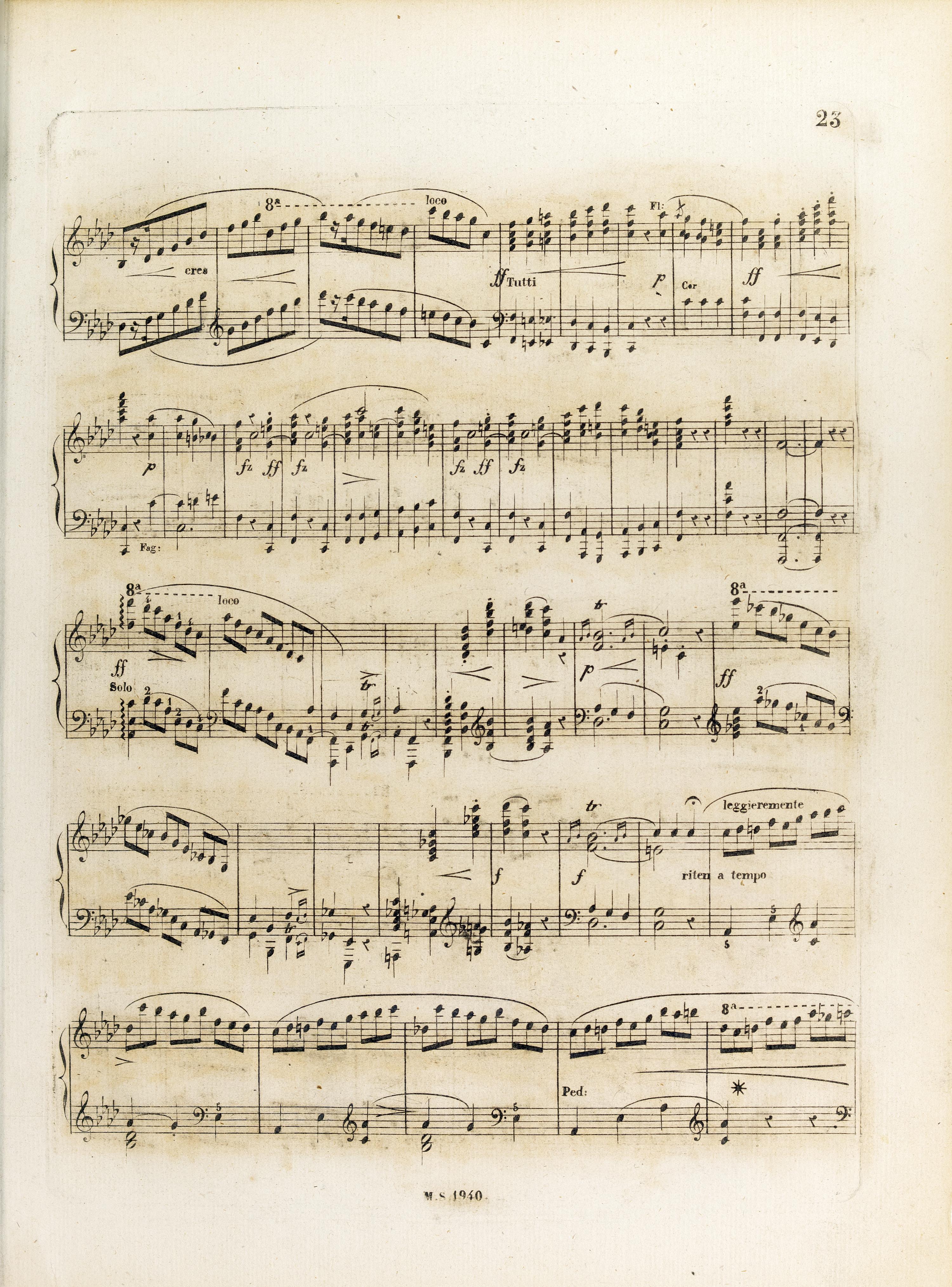



We consider the sign written in A to be a long accent, although preceding it with a short  sign in bar 69 could suggest a
sign in bar 69 could suggest a  hairpin (however, in this context performance difference would be minimal). The sign was reproduced in all editions as diminuendo; moreover, in EE it was preceded with
hairpin (however, in this context performance difference would be minimal). The sign was reproduced in all editions as diminuendo; moreover, in EE it was preceded with  , most probably repeated after analogous bar 78.
, most probably repeated after analogous bar 78.
Compare the passage in the sources »
category imprint: Differences between sources
issues: EE revisions, Inaccuracies in GE
notation: Articulation, Accents, Hairpins




